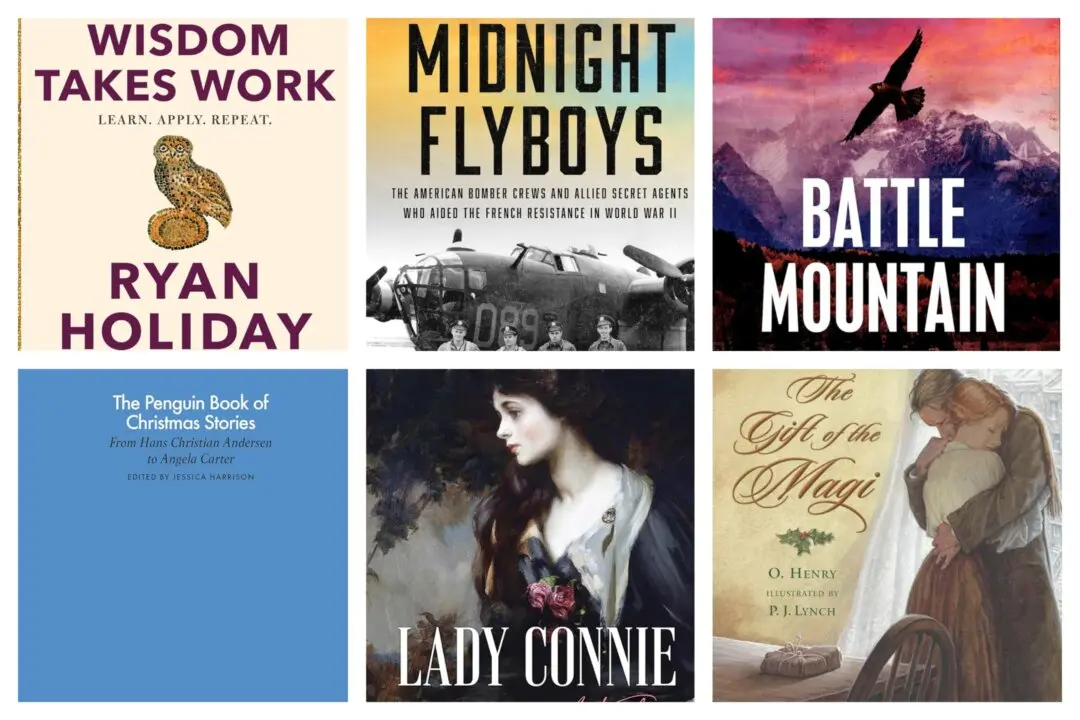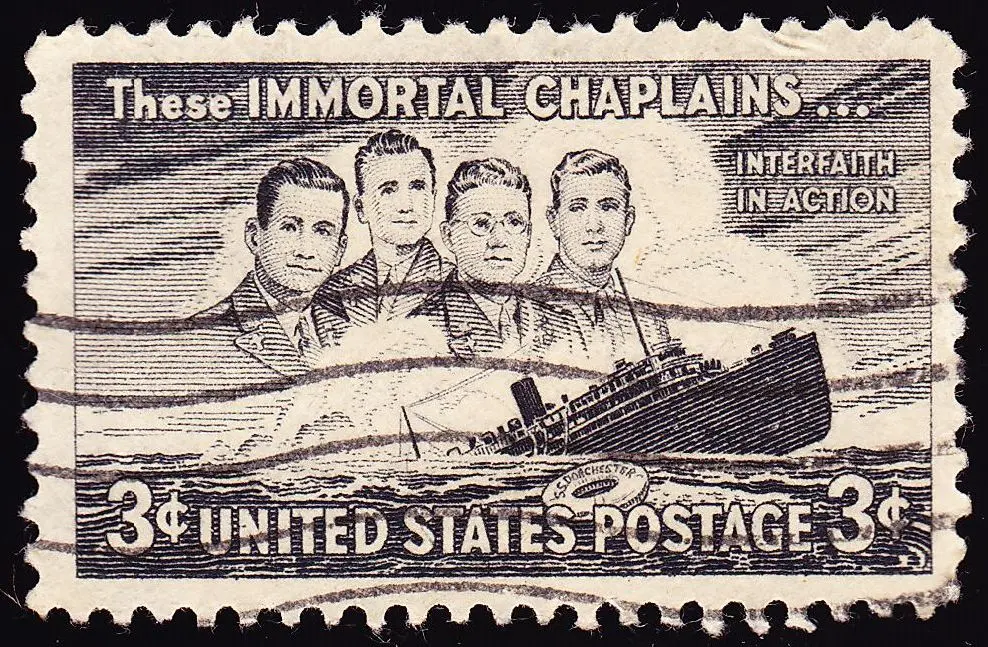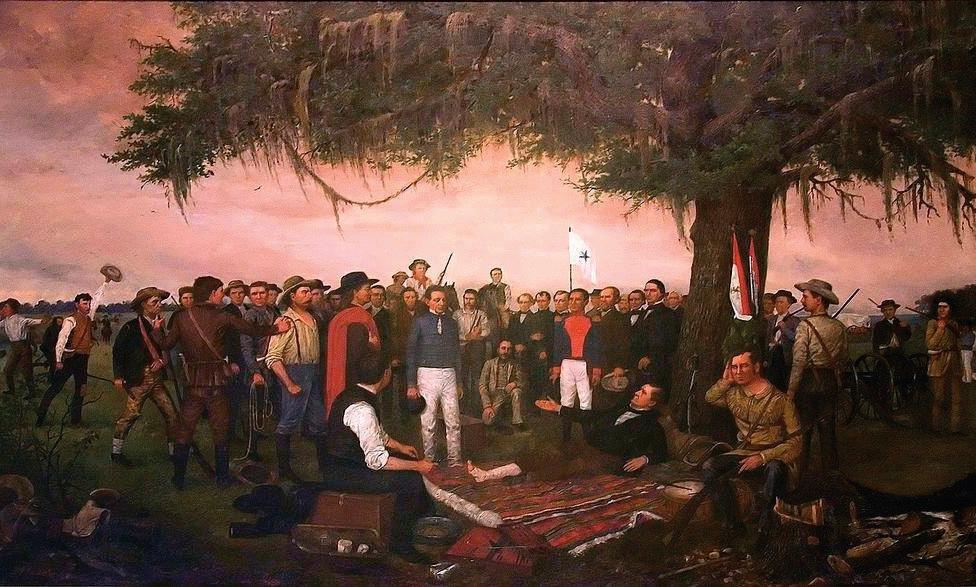“Arma virumque cano….”
Those three words—“I sing of arms and the man”—open one of the great classics of Western literature, the “Aeneid.” Commissioned by the emperor Augustus to write an epic about the founding of the Roman people, Publius Vergilius Maro, known in English as Vergil or Virgil, created a poem in which he takes the hero Aeneas from the conquest of his native Troy to the Italian Peninsula, where his descendants will found the city of Rome.






